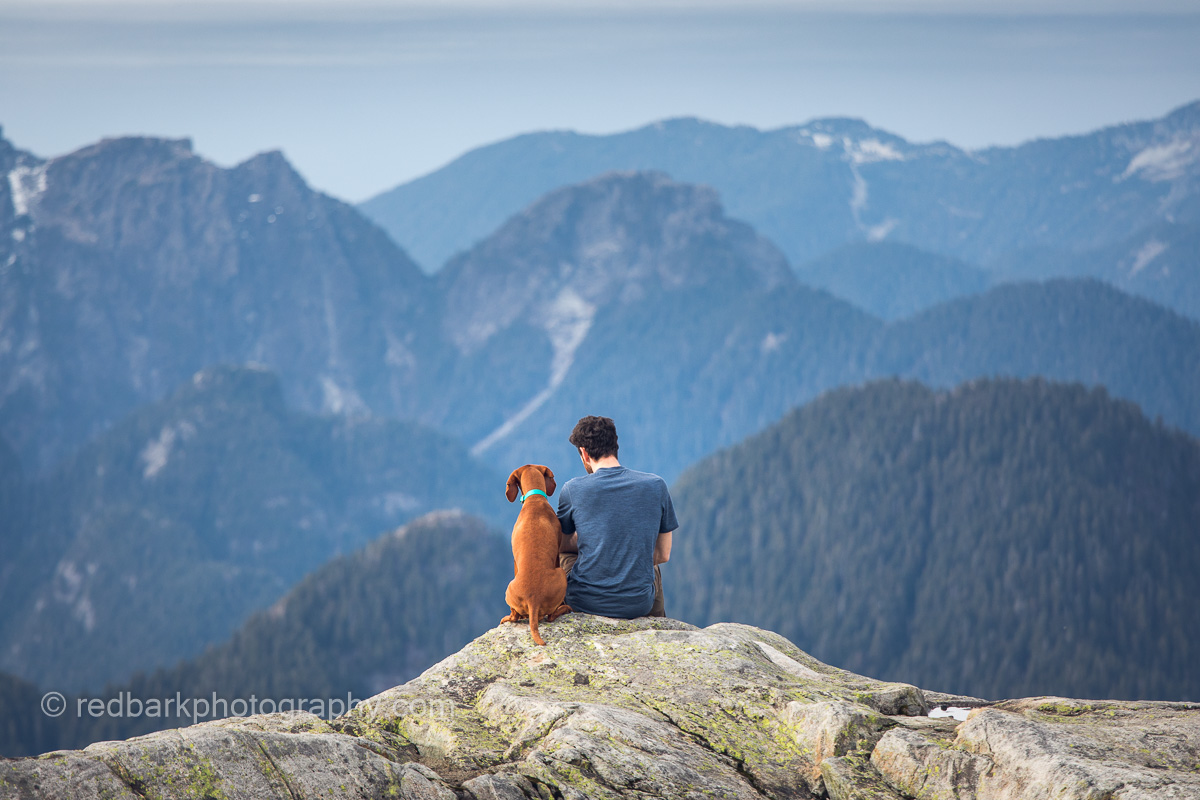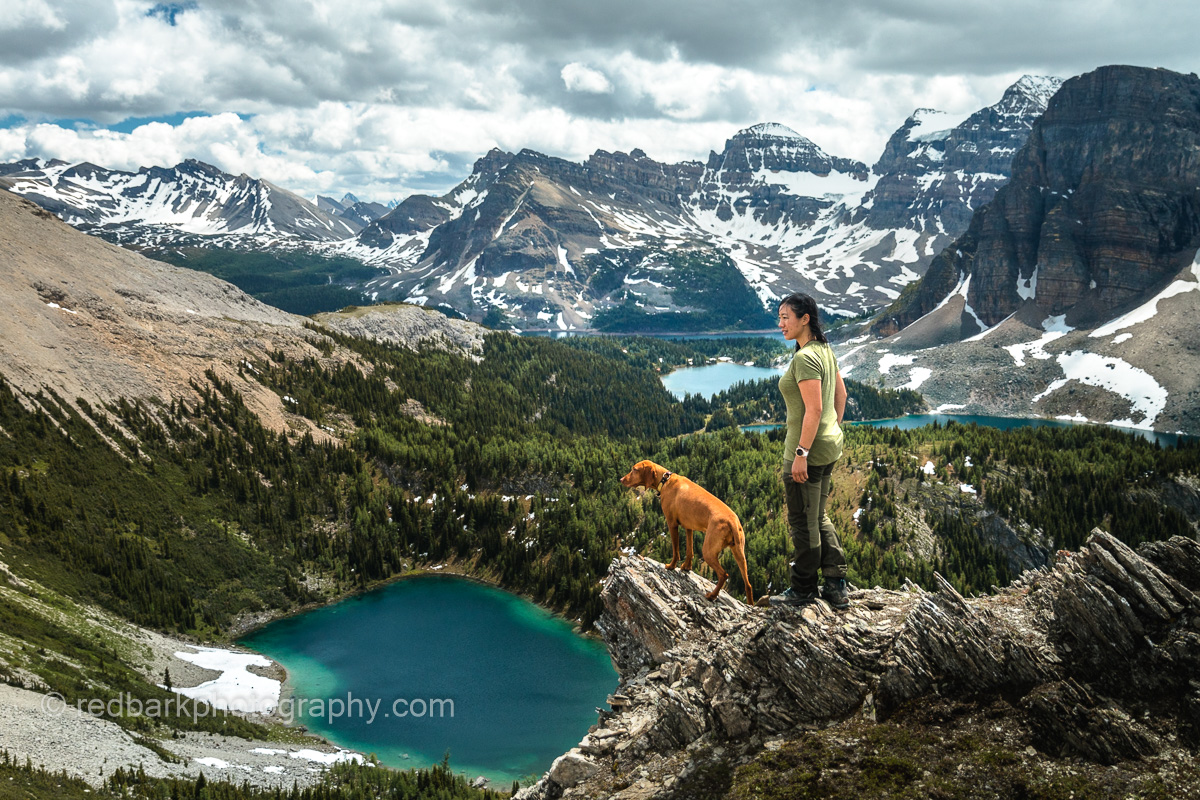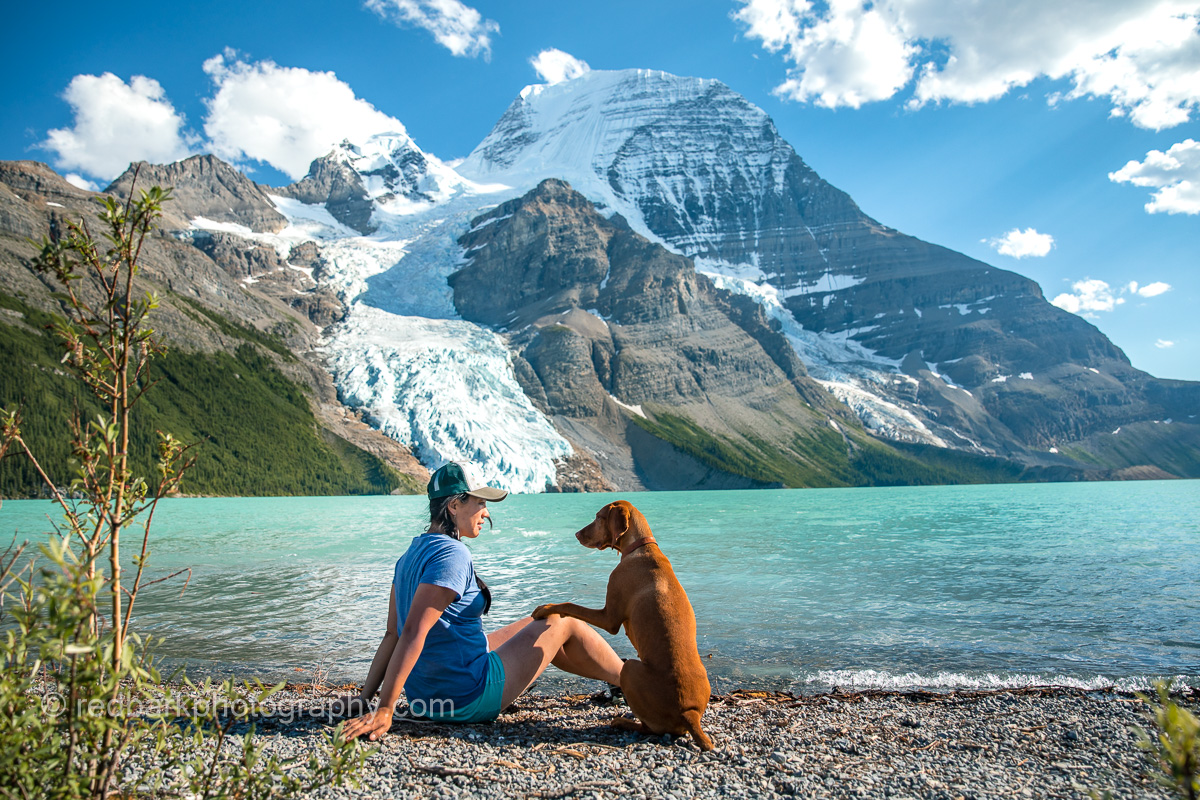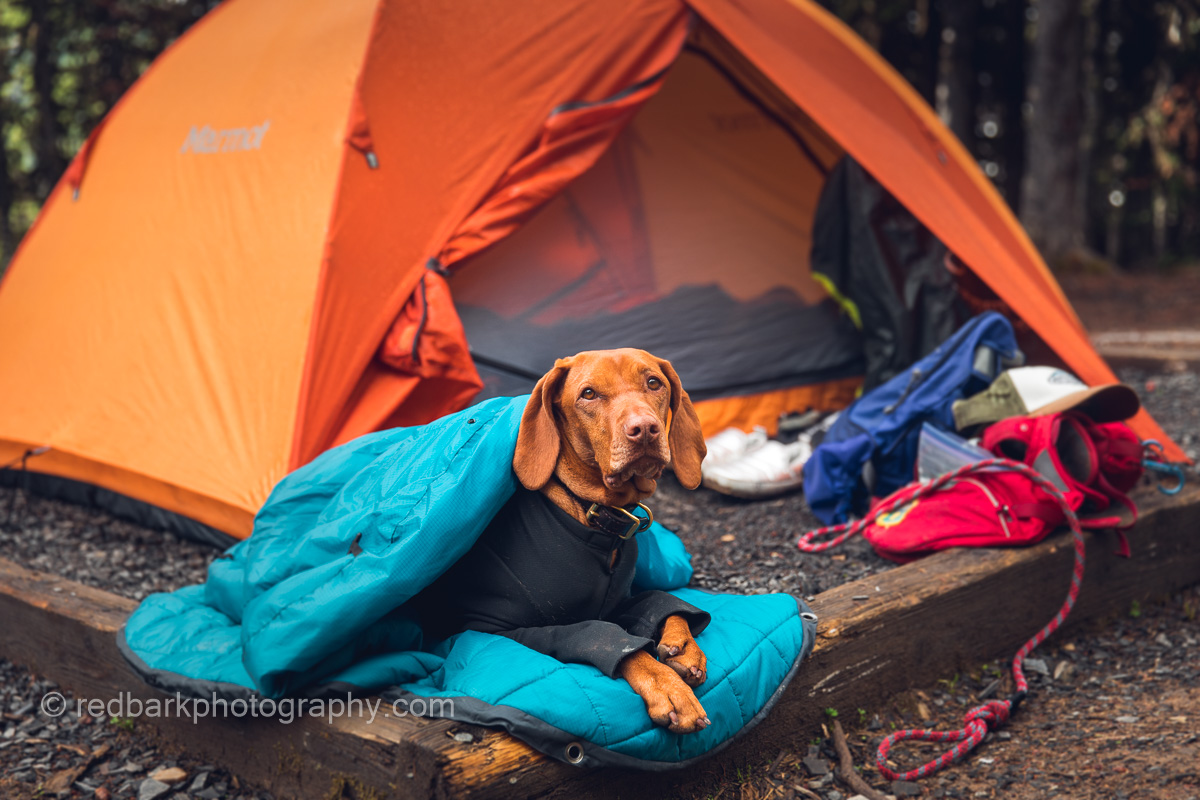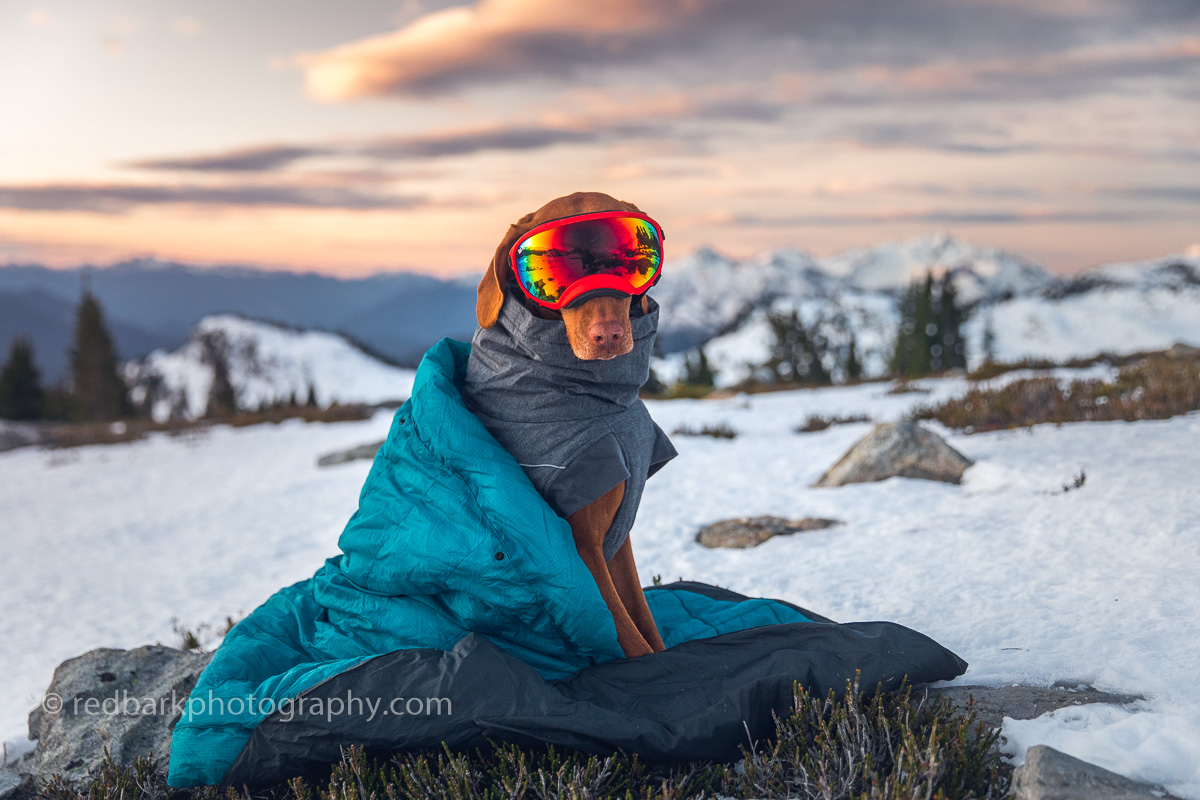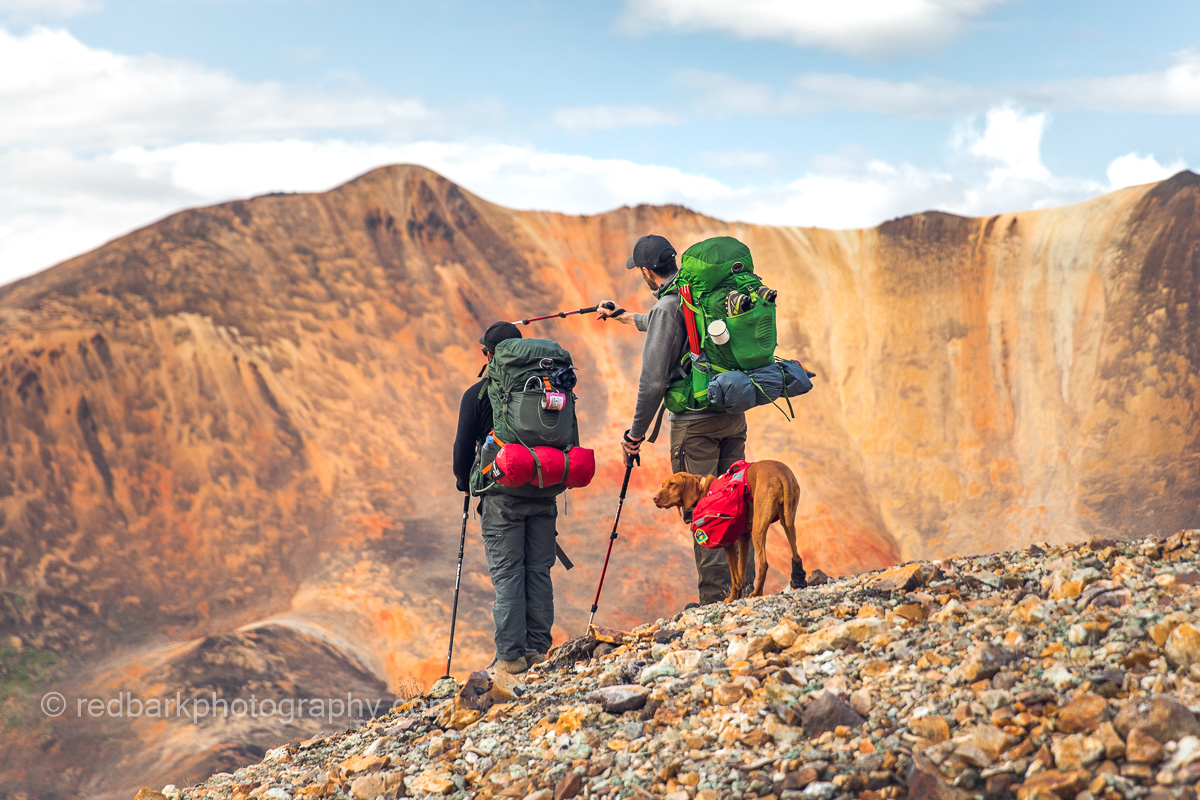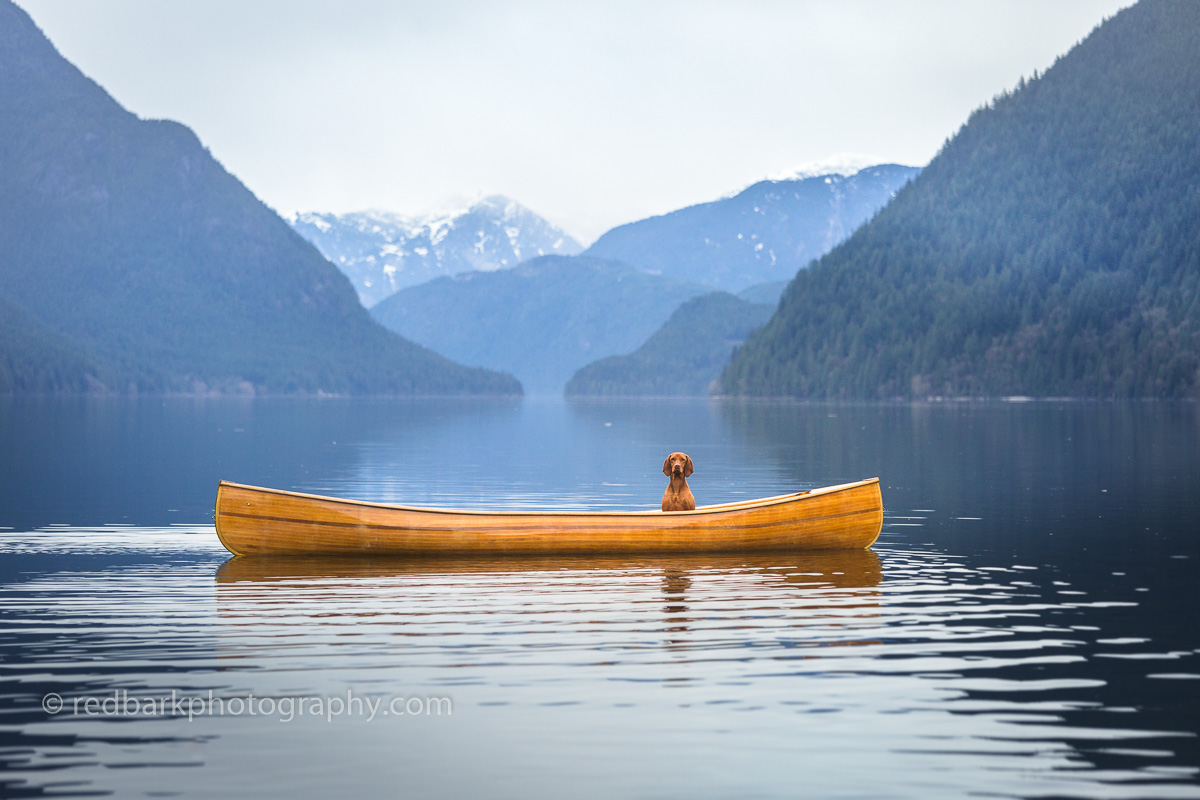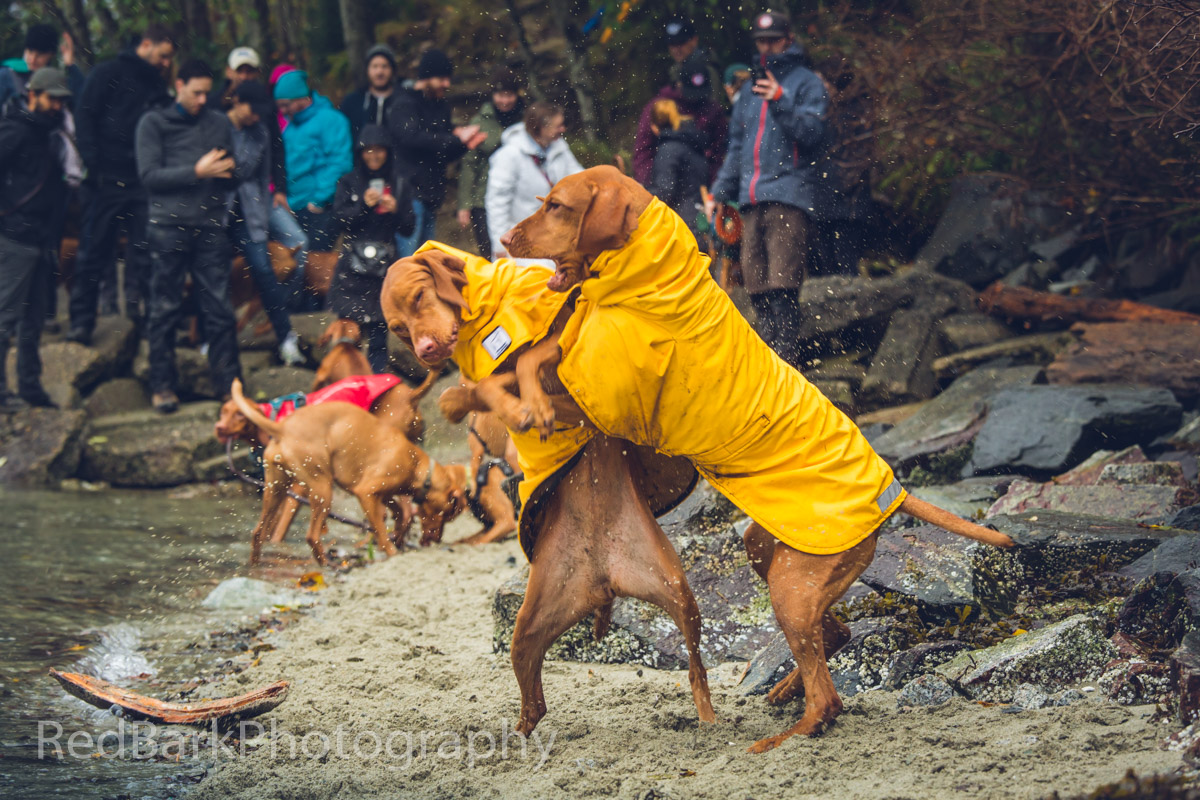Vancouver’s North Shore has been our go-to for short and long walks ever since we got Whiskey. As the years have gone by, it’s gotten busier and sharing the trail with other hikers, runners, dogs, bikers, and bears becomes a little more difficult.
Here’s a mix of Instagrammable dog friendly hikes mixed with peaceful ones typically only visited by locals. If you have dogs, I would suggest to go very early, go late, go on weekdays, and rainy days, especially for busy trails. Generally, I would avoid busy trails on sunny weekends with dogs to respect other trail users. Bike trails tend to be less busy but are shared with bikers so keep an ear open for wheels coming down! Know how to deal with bears, and keep a wide berth and respect for all wildlife, as it’s their home we are entering and don’t forget the cougars and coyotes too!

Finally, trails do close over the winters and always remember the 10 essentials. If you get lost, call 911 for help as soon as you can, and if you are out of reception, take a satellite device such as an Inreach Mini. I’m linking to a variety of sources, so please check them online before you go out!
*** busy ** well used * less busy
🌊waterfall 🌲 forest 👀views 💦lake/river/ocean

Flat/Easy
Lighthouse Park ***🌲💦👀- One of my favorite places to go with friends with kids, or someone that’s not able to hike anything strenuous. There’s lots of variety in terrain and views, as well as bathrooms and is very dog friendly.
Whytecliff Park ***👀💦- Go when low tide, read the tide charts and don’t get stuck on the island! More of a fun walk then a hike with beautiful views of Vancouver, to Vancouver island. We’ve even seen a gray whale here!
Inter River Park ***🌲💦- Connects to the Lynn Valley system and up to Lynn Headwaters, great for trail running, and has a couple beautiful watering holes to swim in. Continue up all the way to Lynn Headwaters for a very long hike or jog.
Deep Cove Park and Wickenden Park ***🌲👀💦- A lovely flat and easy place to walk your dog. The Deep Cove community is also lovely to discover but very busy for parking on the weekends.
Spirit Trail * -City Trail that runs 6.5km on the North Shore’s waterfront. Do a portion and see the city in a different way. I especially like the less busy West portion that becomes more green.
Mosquito Creek Park **🌲💦- 4.2km of a meandering path along a salmon habitat.



Moderate/Easy
Whyte Lake **🌲💦- One of my favorite trails on a rainy day. There’s something special about this one, with really nice sections and big cedars and firs. There’s a walkway around a small section of the lake that’s very beautiful too.
Old Buck Trail/Seymour Bike trails *🌲- There’s a load of bike trails on lower Seymour that are great to wander around with your pup, just keep your ears open for bikes
Fromme Bike Trails *🌲- Similar to the Seymour trails there’s loads of bike trails to walk or run when it’s rainy or you just want a change of scenery. Keep your dogs off the bike trail, or close to you so you can quickly jump out of the path if you hear bikes coming down. There’s lots of amazing sections through the forest. Watch out for bears!
Bowen Lookout **👀- short hike with a wonderful sunset view, keep going to St Marks but only if safe in winter
Dog Mountain ***🌲👀- Amazing for sunrise, I only go on weekdays or it’s too busy. During the winter the road is closed so check opening times. Great views of the city and a lovely walk.
Quarry Rock ***🌲👀💦- There are many ways to get to this famous rock, look at maps, the main path goes through the end of the Baden Powell trail in Deep Cove with a lovely walk through a beautiful forest. Can be so busy on weekends they are trying to limit the amount of people. Don’t forest to pick up a doughnut at Honey’s afterwards!
Cypress Falls Park **🌲🌊- A friendly neighborhood park that leads to some nice falls. The falls are viewed from above and at a distance but it’s still lovely. Don’t go too close to the cliffs as it’s unstable. The trails around are also beautiful.
St Mary’s Trail *🌲- Connects to Baden Powell and other bike trails, I normally start on St. Mary’s Ave and connect to the Grouse Mountain Highway on one trail or another and make a loop back.
Goldie Lake Loop *🌲💦 -ski hill in winter, quiet in summer. Sometimes I just bring some lunch to eat on the slopes and do a little walk.
Mackay Creek *🌲💦 – Another loop that ties into the Baden Powell. There’s loads of these you can make up and do depending on the time and workout you want. Great for a quieter option. This one has the F-86 Jet Crash Memorial



Moderate
Seymour Peak***🌲👀 my favorite! With 3 pumps or peaks, each with amazing views, there’s so much to love about this varied hike. I would stick to first pump while there’s snow on the trail and avoid the full peak until summer as there’s avalanche risk and exposure between 2nd and 3rd. Very busy and I run into black bears frequently here.
Eagle Bluffs ***🌲👀 – The popular route starts you at Cypress Mountain through Black Mountain, the less popular starts you at Horseshoe Bay. Either route has incline (the Baden Powell more so) but I would avoid the BP route in the winter due to avalanche issues.
Norvan Falls **🌲🌊- A lovely 14km trail run to a beautiful waterfall. Take care on this route and make sure you’re very familiar or you have lots of daylight left as many people need rescue getting lost here. Trails starting off Norvan Falls are for advanced hikers only so please don’t attempt unless you’re fully prepared.
Baden Powell *🌲💦- 45.5kms of trail connecting Horseshoe bay to Deep Cove. Choose a section or do it all! If you’re attempting it all, please push this trail to the “Difficult” section! For most sections, I would say it’s moderate.
Brother’s Creek **🌲🌊💦- nice loop options in a beautiful forest with some gigantic trees, bridge was taken out but still possible to cross creek if adventurous. Try sidetrips to other lakes like Blue Gentian and Lost Lake if you want to extend.
Hollyburn Mountain **🌲👀-busier in winter, less in summer, steep inclines with an amazing view.
Big cedar and Kennedy falls *🌲🌊- People get lost here, I’m not really sure why but make sure you have a map you can read and are comfortable in the wilderness because it can get wild fast. The parking is mainly for bikers and can get busy in the summer.
Mt Fromme *🌲👀- An easy to access peak and relatively rarely hiked mountain. The base starts at the bike parking and you can have lots of bikers heading up on the wide FSR. Criss-crossed by loads of bike trails, just keep an eye on your map to not get lost!
Twin Falls-Lynn Valley-Suspension Bridge ***🌲🌊💦- busy but lovely trail that goes through two bridges along a river and some super gorgeous forest. Avoid the crowds on weekdays and the rainy season. The cliffs can be very dangerous and the river can sweep an unsuspecting pup quickly down so keep away from any edges or fast moving water.


Difficult
Most of these trails are VERY technical and NOT ok for most dogs. Leashing while scrambling can be extremely dangerous and I do not recommend you bring any dogs that are not fully in control. Please do not attempt these trails alone and without your 10 essentials and letting someone know your eta. Start early and bring water for your dog!
Elsay Lake *🌲👀💦- A rare hike that goes down, not up! The trail is easy to lose if the visibility isn’t far and goes by many rock falls that can be avalanche zones in snow. It’s harder than it looks on the map. Very few tenting spots, please do not use the Emergency shelter unless it’s an emergency.
Coliseum *🌲🌊👀- Start this one earlier than you think, especially if you’re parking at the Lynn Headwaters that locks for the evening. Very muddy for most of the year, and possible to continue further if you’re a crazy trail runner to Mount Burwell.
Crown via Hanes **🌲🌊👀- Only accessible through Lynn Valley, heading up through Hanes Valley and back down. This makes for a VERY full day. Dogs are no longer welcome on the BCMC but other trails like Fromme can make this a loop. High elevation gain, long distance, and a route notorious for needing rescues. The last section is technical and a scramble. If you’re parking at Lynn Headwaters, be aware of closing times or you may initiate a rescue if you’re not back at your car by the time they close the gates. Hanes is very dangerous if there’s low visibility and many people get lost here. There’s very little sources of water along the route past Norvan, and this is a no-go zone during avalanche season. Those without dogs can do a much shorter hike from Grouse Gondola (dogs not allowed on Grouse, BCMC)
South Needle *🌲👀- The trail can be busy until Lynn Peak, then empties out and gets more strenuous. A less visited peak that’s easy to access for lovely views. Please note that you cannot access with dogs on the Seymour side (that I know of).
Howe Sound Crest Trail ***🌲👀- One of the best hikes (or multiday hikes) you can do in the region. This hike is normally done over several days and is a hike-through so you need to have a plan to get back to your car. It’s on rugged terrain and is much harder than you might expect if you just look at the distance and gain. The trail does go through some watershed areas so please note where you’re allowed to camp. The rocks and terrain can be really rough for dogs (I’ve seen a dog tear through all 4 pads attempting this one) so ensure you’ve got all your safety gear. There are spots that are very exposed and steep, making this a no-go for most during wet or snow conditions. You can always do a section of the trail as a day-hike. There are loads of side peaks that you can do to add on but keep an eye on your water. There are not too many watering holes especially during the top of summer.

[wps_products product_id=”7342189740231″]
